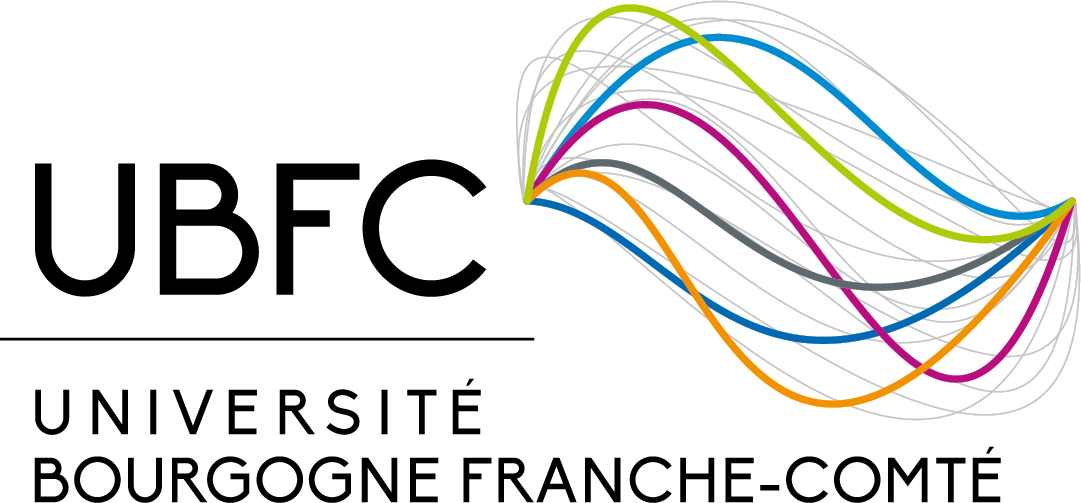Efficacy, safety and factors associated with disease progression in patients with unresectable (stage III) or distant metastatic (stage IV) BOF V600-mutant melanoma: An open label, non-randomized, phase IIIb study of trametinib in combination with dabrafe
| Affiliation auteurs | !!!! Error affiliation !!!! |
| Titre | Efficacy, safety and factors associated with disease progression in patients with unresectable (stage III) or distant metastatic (stage IV) BOF V600-mutant melanoma: An open label, non-randomized, phase IIIb study of trametinib in combination with dabrafe |
| Type de publication | Journal Article |
| Year of Publication | 2021 |
| Auteurs | Saiag P, Robert C, Grob J-Jacques, Mortier L, Dereure O, Lebbe C, Mansard S, Grange F, Neidhardt E-M, Lesimple T, Machet L, Bedane C, Maillard H, Dalac-Rat S, Szenik A, Nardin C, Denden A, Dutriaux C |
| Journal | EUROPEAN JOURNAL OF CANCER |
| Volume | 154 |
| Pagination | 57-65 |
| Date Published | SEP |
| Type of Article | Article |
| ISSN | 0959-8049 |
| Mots-clés | BRAF V600-mutation, Dabrafenib, Melanoma, Regression tree, Trametinib |
| Résumé | {Background: BRAF and MEK inhibitors combination, including dabrafenib (D) and trametinib (T) have transformed the treatment of BRAF V600-mutant advanced melanoma patients, including patients with brain metastasis (BM). In a large phase IIIb, single arm, open-label, multicenter French study, we assessed safety, response to treatment, progression-free survival (PFS) and factors associated with progression, and stratified the population into risk groups. Methods: Patients with unresectable, advanced, BRAF V600-mutant melanoma were included, including those with the presence of BM, Eastern Cooperative Oncology Group Performance Status (ECOG PS) <2, elevated lactate dehydrogenase (LDH) or previous melanoma treatments. Responses were determined locally, without central review. PFS was estimated using the Kaplan-Meier analysis and modelled with multivariate Cox model. Risk subgroups were identified using a regression tree analysis. Results: Between March 2015 and November 2016, 856 patients received at least one D + T dose. Overall, 92% had stage IV melanoma, 38% ECOG PS >1, 32% BM and 37.5% elevated LDH. Median PFS was 8.02 months (95% confidence interval [CI] 7.33-8.77). Significant factors associated with lower PFS were ECOG PS >1, elevated LDH, >3 metastatic sites and presence of BM. Patients with <3 metastatic sites |
| DOI | 10.1016/j.ejca.2021.05.031 |
